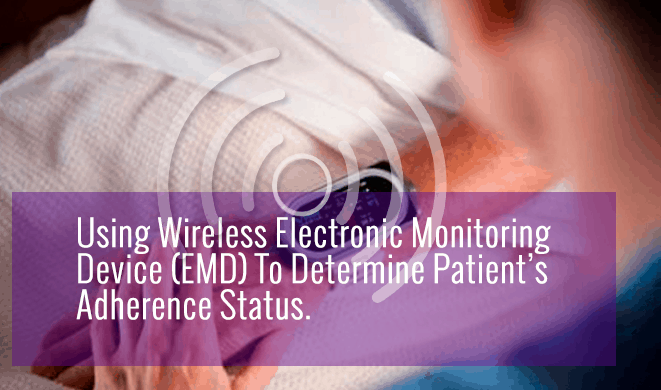Wireless Electronic Monitoring Determines Patients’ Adherence to Doctor’s Orders

Doctors often wonder if their patients are following orders. After all, without the patient’s cooperation, the best medical treatments in the world will not work if the patient does not follow the proper prescribed dosing regimen. Dr. Antoinette Schoenthaler, an NYU WIRELESS medical researcher, clinical epidemiologist, hypertension specialist, and behavioral scientist, is leading a project, sponsored by the American Heart Association, to evaluate the effect of a practice-based adherence intervention (AI) vs. usual care (UC) for medication adherence in 148 high-risk Latino patients with uncontrolled hypertension (HTN).
To facilitate translation into routine practice, the AI will be integrated into the clinic electronic medical record system, and be delivered by bilingual health coaches. To provide a more targeted intervention, a one-month screening phase with a wireless electronic monitoring device (EMD) will be used to determine the adherence status of the patients. Only patients who are non-adherent to their antihypertensive medications (taking < 80%) at the one-month visit will be randomly assigned to either the AI or UC group. The project hypothesizes that a higher proportion of patients in the AI group will be adherent to their medications and exhibit a greater reduction in systolic and diastolic BP at six-months.
All patients will meet with health coaches for medication reconciliation, appointment setting, and follow-up. Those in the UC group will receive standard HTN care as determined by their physician. Patients in the AI group will also complete a tailored adherence checklist with the health coach and receive individualized counseling to develop self-monitoring strategies to improve medication adherence. Adherence reports created from the wireless EMD data will be uploaded into the clinic EMR for the counseling sessions. Sessions for the AI group will be held biweekly for the first three months followed by monthly sessions for the remaining three months (nine sessions total). The primary outcome is the proportion of adherent patients one month after the final intervention session, assessed with data collected via a wireless EMD.

 2025 Brooklyn 6G Summit — November 5-7
2025 Brooklyn 6G Summit — November 5-7 Sundeep Rangan & Team Receive NTIA Award
Sundeep Rangan & Team Receive NTIA Award 2025 Open House
2025 Open House








